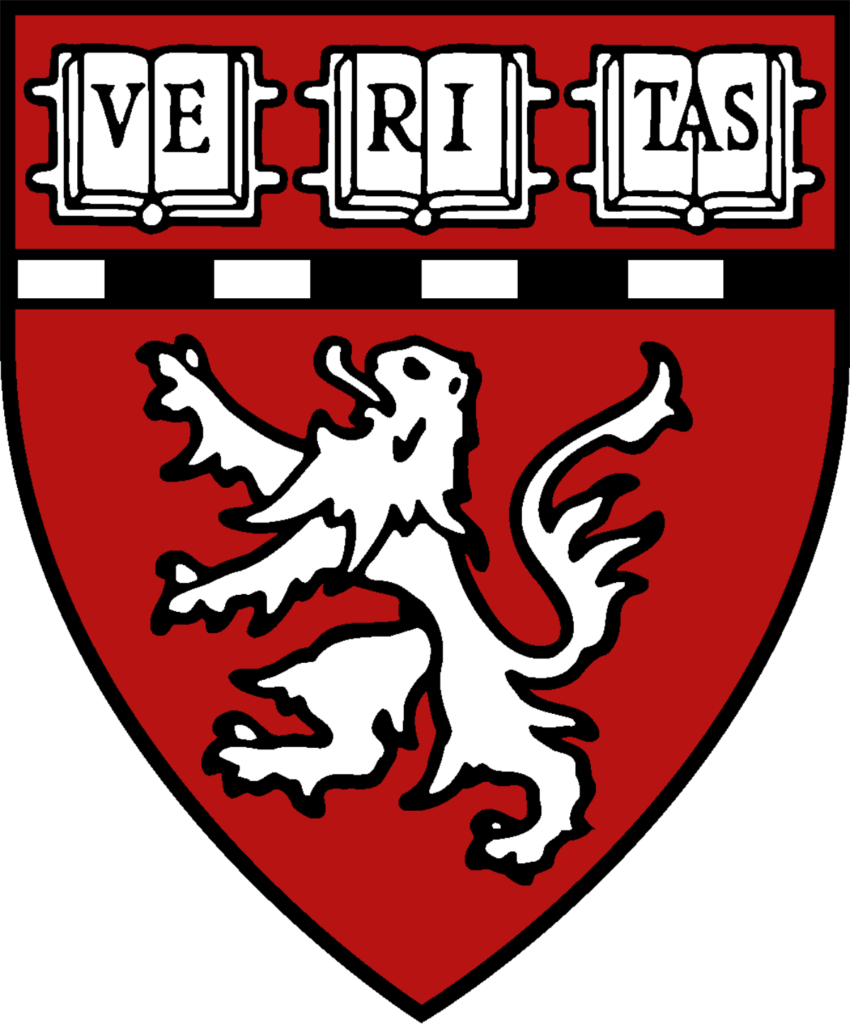Principal Investigator

Dr. Beth Costine-Bartell, PhD
Assistant Professor
Department of Neurosurgery, Harvard Medical School
Assistant in Neuroscience
Department of Neurosurgery, MassGeneral Brigham
Co-Chair, Subcommittee on Animal Resources
Executive Committee on Research, Massachusetts General Hospital
After my postdoctoral fellowship in basic neuroscience studying the effect of steroids on GABAergic signaling in the hypothalamus (Dr. Leslie P Henderson, PhD, Dartmouth Medical School), I had the unique experience of spending several years training with a pediatric neurosurgeon specializing in abusive head trauma (Dr. Ann-Christine Duhaime, MD), a pediatric anesthesiologist (Dr. Carter Dodge, MD), a pediatrician specializing in child abuse (Dr. Alice Newton, MD), a pediatric neurologist (Dr. Kevin Staley, MD), and a forensic pediatric neuropathologist (Dr. Declan McGuone, MD) learning hands on skills in anesthesia and surgery, participating in neurosurgery trauma conferences, enrolling patients in TRACK-TBI, and performing autopsies, including infant homicide cases from abusive head injury, at the Office of the Chief Medical Examiner, New York City. I have spent 30 years in large animal models with the last 16 years in large animal models of traumatic brain injury.
Staff

Dr. Nelson Marquez, DVM, Research Technologist
- Surgeon, anesthesia
- Manager of “Changes in the Ionic Basis of GABAergic Inhibition that Contribute to Post-Traumatic Epilepsy” Surgical Core

Dr. Alexandra Hochstetler, PhD, Postdoctoral Fellow
- Co-mentored with Maria Lehtinen, Boston Children’s Hospital
- Surgeon, anesthesia
- Manager of “Gene Therapy of Intraventricular Hemorrhage-Induced Hydrocephalus”
- Project director, Acute cation-chloride co-transporter disruption following severe TBI in the developing gyrencephalic brain, “Identifying potential therapeutic targets for abusive head trauma“

Marco Pretell, Master of Science Candidate, Data Engineer
- Project director machine learning to identify epileptic behaviors, “A Biofidelic Model of Post-Traumatic Epilepsy“.
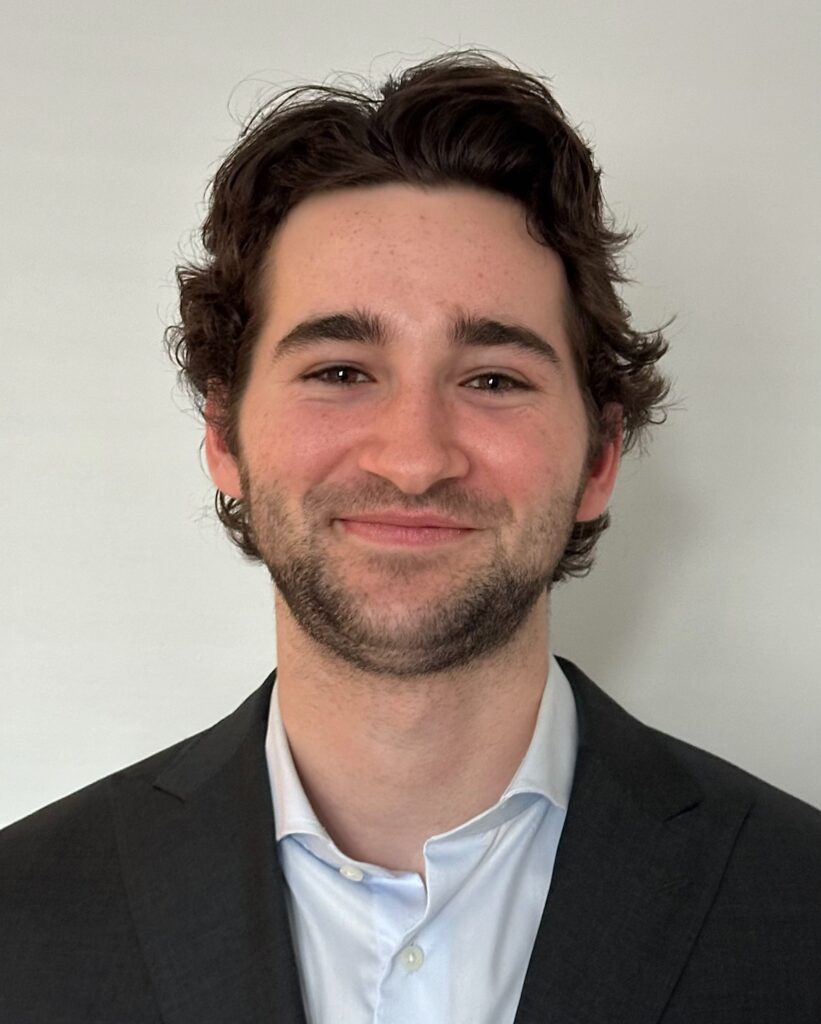
Benjamin Baskin, Research Technician
- ICU Team lead, on call veterinary technician, surgeon, anesthesia
- Manager of “Identifying potential therapeutic targets for abusive head trauma” Surgeries and intensive care unit
- Project director of measuring areas of subarachnoid hemorrhage and subdural hemorrhage, “Identifying potential therapeutic targets for abusive head trauma”
- Manager of convulsion screening for a “Changes in the Ionic Basis of GABAergic Inhibition that Contribute to Post-Traumatic Epilepsy” Surgical Core

Tawny Stinson, Research Technician
- ICU Team Lead, on call veterinary technician, surgeon, anesthesia
- Project director of tissue damage analysis “Identifying potential therapeutic targets for abusive head trauma”
- Project director of biomarkers of cardiac injury, “Identifying potential therapeutic targets for abusive head trauma”
- Intern manager
- Lab social organizer extraordinaire

Alejandro Escobosa, Research Technician
- Convulsion screening for “Changes in the Ionic Basis of GABAergic Inhibition that Contribute to Post-Traumatic Epilepsy” Surgical Core
- Machine learning to identify epileptic behaviors, “A Biofidelic Model of Post-Traumatic Epilepsy“.
- Veterinary technician for “Changes in the Ionic Basis of GABAergic Inhibition that Contribute to Post-Traumatic Epilepsy” Surgical Core

Krystal Qiao, Research Technician (Part-time)
Postbaccalaureate students
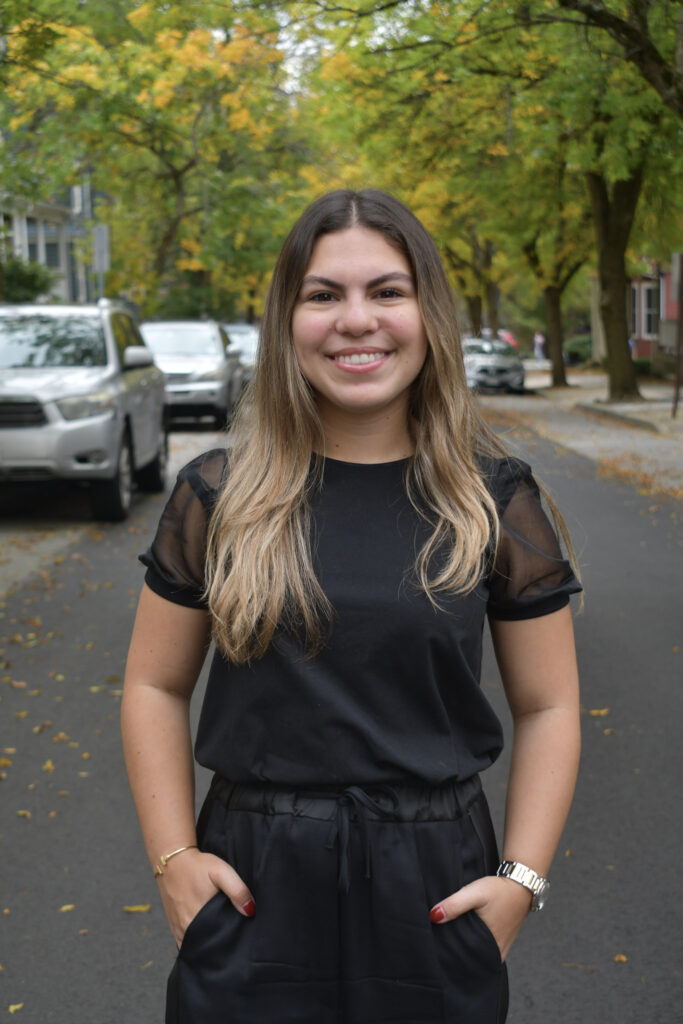
Mariana I. Gonzalez Rodriguez, Boston University School of Medicine
ICU Team Lead for Identifying potential therapeutic targets for abusive head trauma”

Veronica Rodrigues Sendao, Boston University School of Medicine
- “Long-term histopathological changes after Traumatic Brain Injury in swine that did or did not develop Post-Traumatic Epilepsy” for a Biofidelic Model of Post-Traumatic Epilepsy.
- Veterinary technician for “Changes in the Ionic Basis of GABAergic Inhibition that Contribute to Post-Traumatic Epilepsy” Surgical Core
Undergraduate Interns

Aarush Patnala, Tufts University
- ICU Team Lead for Identifying potential therapeutic targets for abusive head trauma”
- Project director of EEG and spreading depolarization analysis “Identifying potential therapeutic targets for abusive head trauma” and “A Biofidelic Model of Post-Traumatic Epilepsy“.
- Project director of machine learning to identify epileptic behaviors, “A Biofidelic Model of Post-Traumatic Epilepsy“.
- Biomarkers of cardiac injury for Identifying potential therapeutic targets for abusive head trauma”

Trevor Kim, Tufts University
- ICU Team Lead for Identifying potential therapeutic targets for abusive head trauma”
- Tissue damage analysis “Identifying potential therapeutic targets for abusive head trauma”
- convulsion screening for “Changes in the Ionic Basis of GABAergic Inhibition that Contribute to Post-Traumatic Epilepsy” Surgical Core
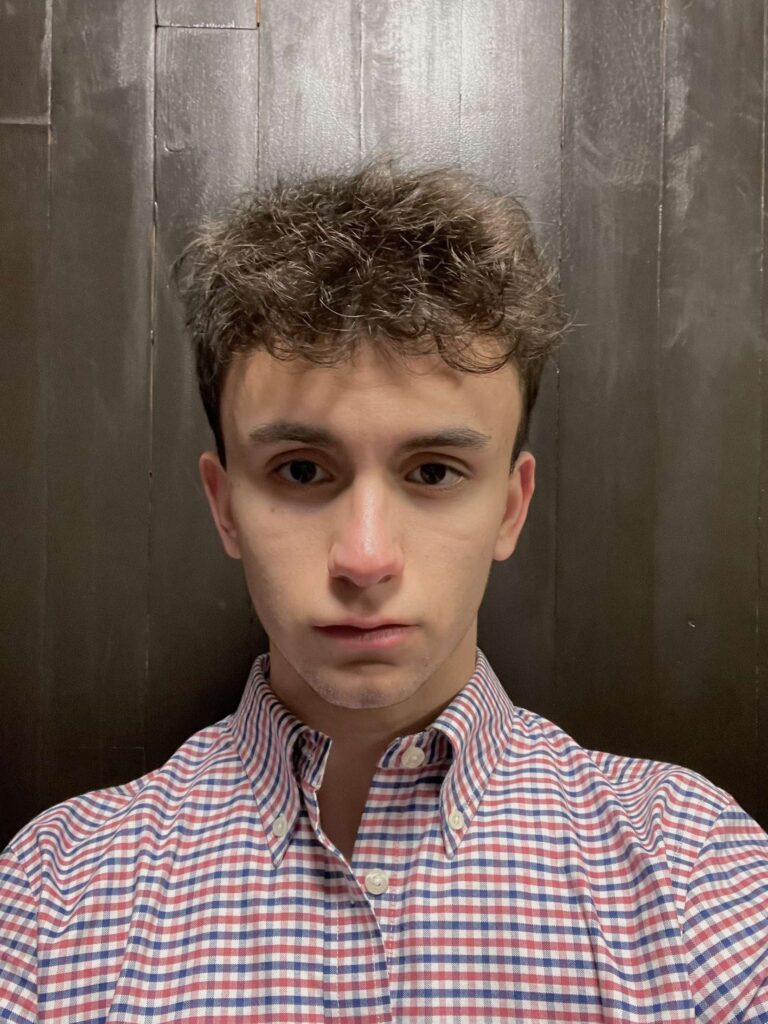
Andrew Schwalb, Tufts University
- ICU Team Lead for Identifying potential therapeutic targets for abusive head trauma”
- Measuring areas of subarachnoid hemorrhage and subdural hemorrhage for Identifying potential therapeutic targets for abusive head trauma”
- convulsion screening”Changes in the Ionic Basis of GABAergic Inhibition that Contribute to Post-Traumatic Epilepsy” Surgical Core
- machine learning to identify epileptic behaviors for “A Biofidelic Model of Post-Traumatic Epilepsy“.
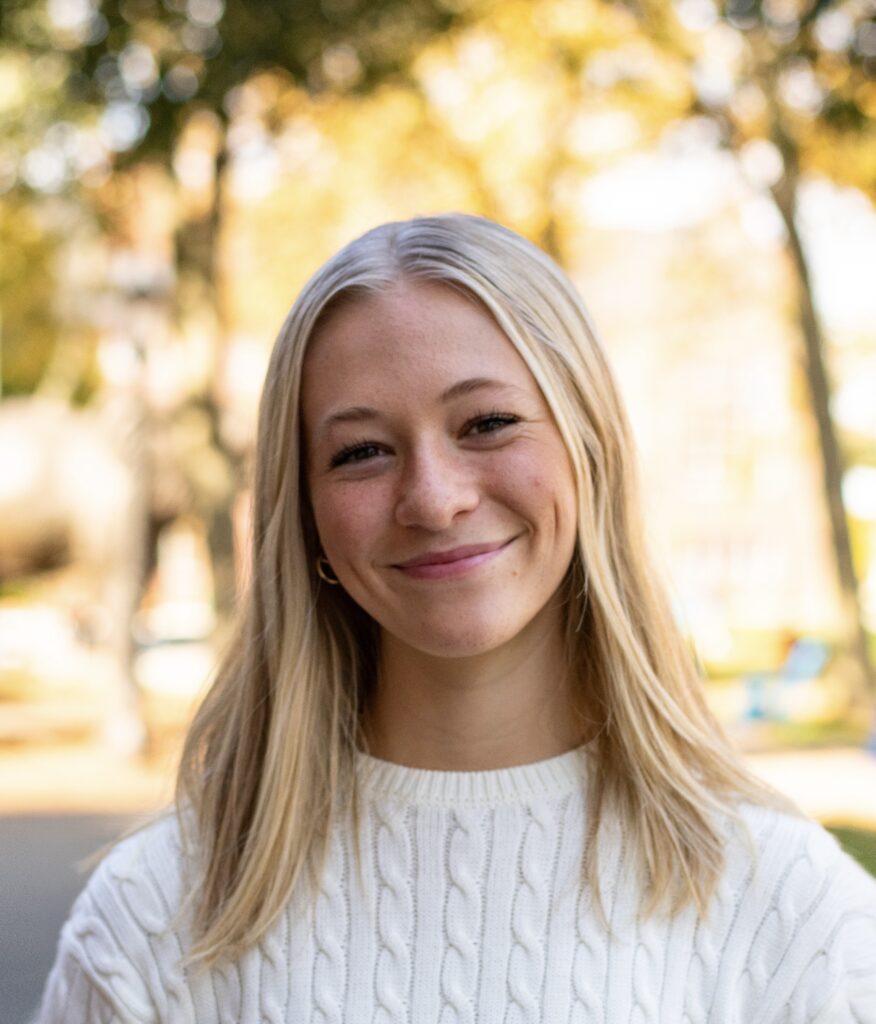
Gabrielle Delinsky, Tufts University
- Intensive care assistant for Identifying potential therapeutic targets for abusive head trauma”
- EEG analysis for Identifying potential therapeutic targets for abusive head trauma”
- EEG analysis for “A Biofidelic Model of Post-Traumatic Epilepsy“.
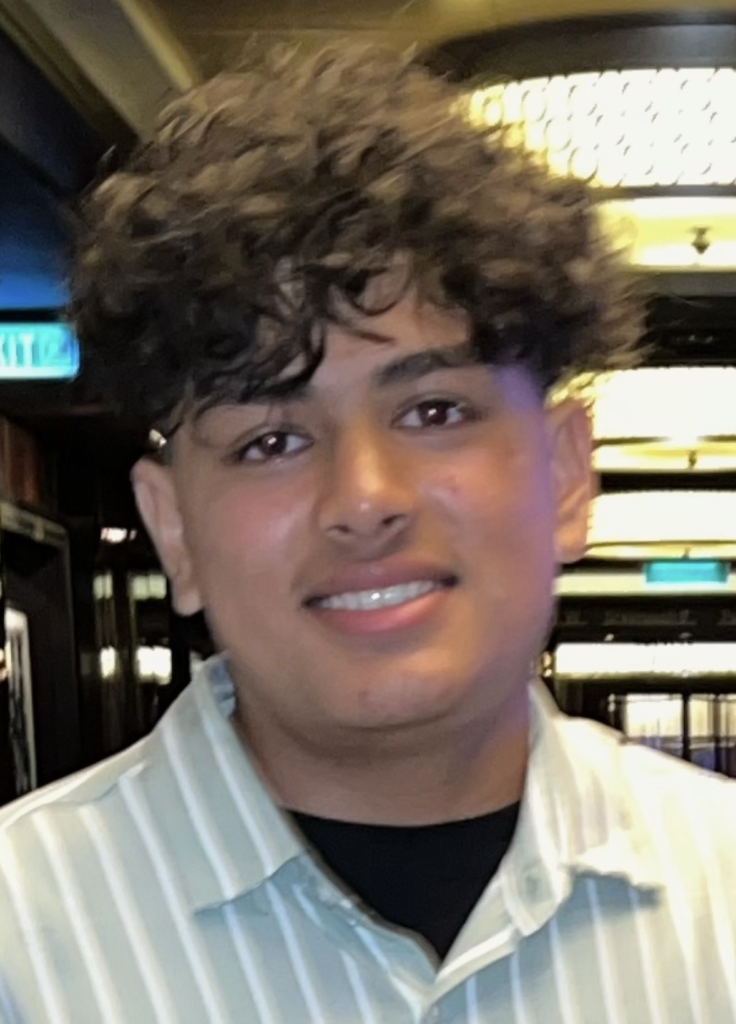
Arihant Patel, Boston University
- Tissue damage analysis “Identifying potential therapeutic targets for abusive head trauma”
- Convulsion screening for “Changes in the Ionic Basis of GABAergic Inhibition that Contribute to Post-Traumatic Epilepsy” Surgical Core
- Intensive care assistant for Identifying potential therapeutic targets for abusive head trauma”

Hannah Merritt, Tufts University
- Tissue damage analysis “Identifying potential therapeutic targets for abusive head trauma”
- Intensive care assistant for Identifying potential therapeutic targets for abusive head trauma”

Waizo Chen, Boston University
- Convulsion screening for “Changes in the Ionic Basis of GABAergic Inhibition that Contribute to Post-Traumatic Epilepsy” Surgical Core
- Veterinary technician assistant “Changes in the Ionic Basis of GABAergic Inhibition that Contribute to Post-Traumatic Epilepsy” Surgical Core

Camille Kuo, Tufts University
- Convulsion screening for “Changes in the Ionic Basis of GABAergic Inhibition that Contribute to Post-Traumatic Epilepsy” Surgical Core
- Veterinary technician assistant “Changes in the Ionic Basis of GABAergic Inhibition that Contribute to Post-Traumatic Epilepsy” Surgical Core

The MGH Brain Trauma Lab
MGH Neurosciences
Department of Neurosurgery, Massachusetts General Hospital
Department of Neurosurgery, Harvard Medical School
